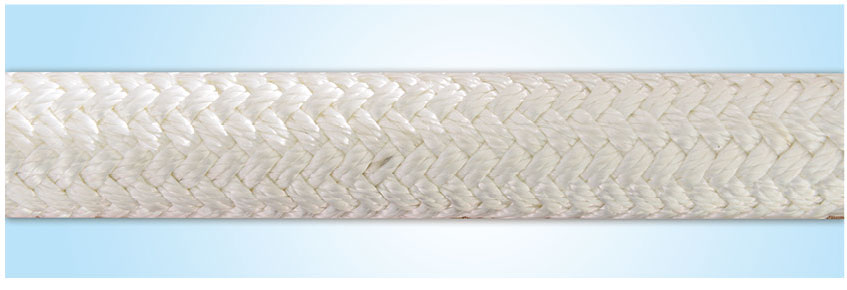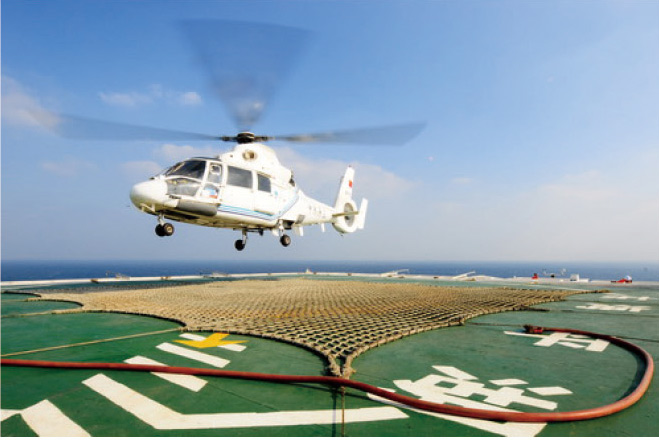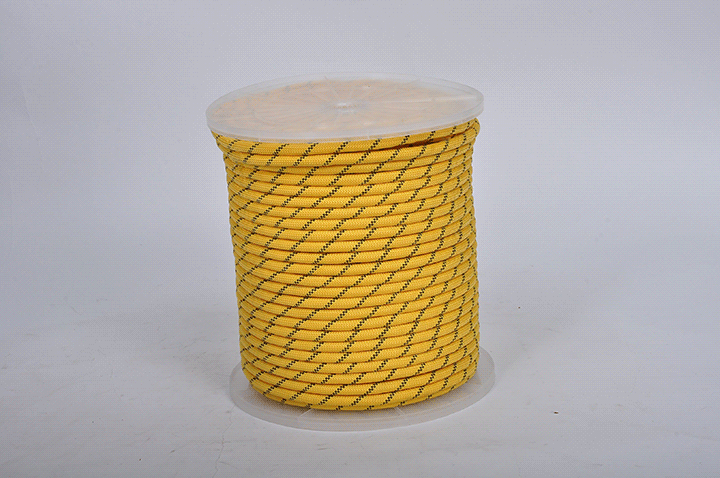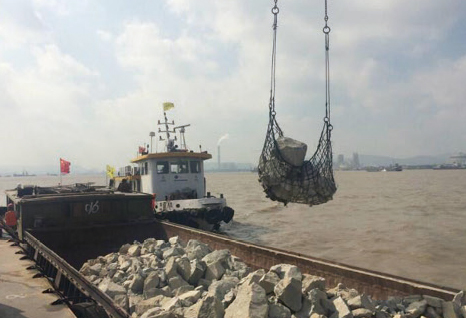- Flame retardant safety rope
- 3-strand rope
- Braided rope
- 8-strand and 12-strand mooring rope
- Uhmwpe mooring rope
- Aramid fiber rope
- Double fiber braided mooring rope of polyester and polyolefin
- Double braided mooring rope
- High strength mooring rope
- Static rope(Technical rope / Hoisting rope)
- Dynamic mountaineering rope
- High strength synthetic rope
- Yacht rope
- Para cord
- Water rescue rope
- Chemical fiber net
- High-strength polypropylene fiber

- Mobile:0086-18954383066
- Tel :0086-543-5838899
- E-mail:admin@htyarn.com
- Fax :0086-543-2236199
- Address :Binzhou Huimin County Li Zhuangzhen Bridge Road East, Li Chaoyang Road South
China is a big country in the production and export of textiles. After years of development, China’s textile industry has a clear competitive advantage. It has the most complete industrial chain in the world, the highest level of processing and support, and a number of developed industrial clusters respond to market risk self-regulation. The continuous enhancement of capabilities has provided a solid guarantee for the industry to maintain a steady pace of development.
From the perspective of the international environment, the international market still has much room for development and opportunities. The era of quota-free Chinese textiles is approaching, and the comprehensive opening of the region, which accounts for more than 60% of the global textile market, will bring tremendous opportunities for China's textile trade. In the next few years, the world economy will still be in the rising range and will certainly promote the growth of international trade. This will give China's textile and apparel export growth a favorable international market protection.
From the domestic economic environment, domestic demand will become an important driver of industry growth. About 80% of Chinese textiles are consumed domestically. With the sustained and rapid growth of the domestic economy, the stable increase in residents' income will drive the further development of the domestic demand market.
Chinese textile companies should overcome the difficulties of rising raw materials, appreciation of the renminbi and adjustment of export tax rebates, seize the opportunity of the development of the textile industry, increase the concentration of industries, curb the blind expansion of inefficient production capacity, increase the construction of characteristic industrial parks, and strengthen independent innovation. The pace of upgrading the brand building of China's textile industry, industrial adjustment and upgrade. Make China a big textile country into a textile power.
Uncertainty in the global textile market is increasingly uncertain. This is in line with the global credit crisis and the slowing economic growth in the United States and the European Union, which will impact the apparel retail industry. The drastic depreciation of the US dollar, the ups and downs of crude oil prices, and the imminent lifting of restrictions on China's textile exports to Europe have all announced major changes. Affected by the slowdown in the U.S. economy, corporate sales will decline. Since the United States and Europe may implement new trade barriers, the purchase of the global textile industry may change significantly. In addition, in less than three months, the quota system for textile and clothing products will end. This change in the international textile and clothing trade system is the latest challenge faced by textile and garment companies. This not only brings hope and opportunity, but also brings great risks.
With the shrinking demand in the international market, many textile companies have brought unprecedented pressure. Under the influence of the US subprime mortgage crisis, the appreciation of the renminbi, the reduction of export tax rebates, tight monetary policy, adjustments in processing trade policies, and rising labor costs, the textile industry is facing tremendous difficulties and challenges. Under such circumstances, many textile industry production enterprises fell into the dilemma of difficulties in production and operation. They were struggling on the brink of losses. The companies closed down and stopped production and semi-discontinued production. These have created serious challenges for the textile industry. Although the textile export tax rebate rate has increased, the country’s determination to eliminate low-level products and enterprises has not changed. Independent innovation and cost savings are the best ways for the textile industry to overcome its difficulties.
The downstream industries of the textile industry mainly include the garment industry, home textiles, and industrial textiles.
According to statistics from the State Environmental Protection Administration, the total amount of sewage discharged from the printing and dyeing industry ranks fifth in China's manufacturing emissions. 60% of the industrial wastewater discharge also comes from the printing and dyeing industry, and the pollution is heavy, the processing is difficult, and the reuse rate of wastewater is low. Chemical fiber industry in the production process, some products use a large number of acids and alkalis, and ultimately produce sulfur, sulfuric acid, sulfate and other harmful substances, causing serious environmental pollution; some are the solvents used, the media more serious environmental pollution. Another manifestation of environmental pollution caused by chemical fiber production is the non-degradability of chemical fiber products. In particular, synthetic fibers have high waste recycling costs and contaminate air after combustion; they are not easily degraded after being discarded and cause deterioration of the soil environment. In addition, the pre-treatment process of the wool and linen industry is also the focus of industrial wastewater discharge. In terms of energy consumption, the power consumption of textile machinery and chemical fiber machinery is very prominent. The total energy consumption of the chemical fiber industry is about 10%-30% higher than the advanced level in foreign countries.
According to statistics, the output value of China's textile industry (textile industry, apparel industry, chemical fiber manufacturing industry) accounted for approximately 61%, 28% and 11% respectively. In addition to the production technology of chemical fibers and the sewing equipment of the backbone enterprises, which are close to the international advanced level, traditional processes such as spinning, weaving, and dyeing and finishing are far from the world's advanced level.
2, the standard is low. China's textile companies are still in the low-end production stage. About 80% of companies produce medium and low-end products, 6% of them produce medium-to-high-end products, 4% of companies produce low-quality, low-priced products, and only 10% of companies produce high-quality products.
3, lack of high-quality human resources. The industry lacks talents for brand operations, capital operations, and international contacts, and lacks internationalized operating experience and complex talents adapted to international competition.
4, the level of enterprise information is not high. Industry-based software development is weak, software products are few, application of enterprise management software is low, informatization is low, e-commerce is slow to start, and most enterprises are behind management methods. It is difficult to really establish "small batches, many varieties, high quality, fast "Delivery" market quick response mechanism.
5, lack of brand management philosophy. There are many traditional home textiles, small scale, single products, the proportion of processing trade is still very large, and the means to deal with international competition is insufficient, and it is in the integration stage. Experts in the textile industry believe that from the perspective of China's environment, the difficulties in the textile industry are “three rates and two prices”, namely, interest rates, export tax rebate rates, exchange rates and labor prices, and raw material prices. In addition, there is also a policy that the processing trade guarantee money and the cotton textile enterprises' cotton VAT, input tax, and output tax rates are not uniform.
6. Exchange rate. Compared with the rise in labor costs and the downward adjustment of export tax rebates, the continued appreciation of the renminbi has brought greater pressure on exports and has had a far-reaching impact. The continued appreciation of the renminbi has become the biggest negative factor for export companies to talk about. The price increase of enterprises has approached the limit, and the number of exports has been declining. A further price increase will only lead to the transfer of orders to other international markets.
7, export tax rebate rate. The so-called export tax rebate is mainly aimed at general trade and non-processing trade. Theoretically speaking, reducing the export tax rebate rate will have a more direct effect on curbing excess industries, eliminating outdated production capacity and reducing resource waste and pollution. However, as a labor-intensive industry, the textile industry has very limited profit margins, low profit margins, and excessive adjustments of export tax rebates. A large number of textile companies cannot afford it.
8, interest rates. Faced with inflationary pressures, monetary tightening has become a monetary policy for the entire economy. In the predicament of the textile industry, banks are well aware of this, and it is also very difficult for large textile companies to borrow from banks.
9. The labor and raw material costs rose rapidly. In the cost of textile enterprises, raw materials account for approximately 60% to 70% of the cost of main operations, and labor costs account for approximately 10% to 15%. China's raw material prices tend to increase rapidly.
- Suitable for the Autumnal Equino
- Teachers' Day greetings Entwined
- The development trend of the tex
- Binzhou Hengfeng Chemical Fiber
- A detailed introduction to the e
- Green and low-carbon, the textil
- Binzhou Hengfeng Chemical Fiber
- The export situation of China's
- Eight-strand rope: A practical r
- The production situation in the






